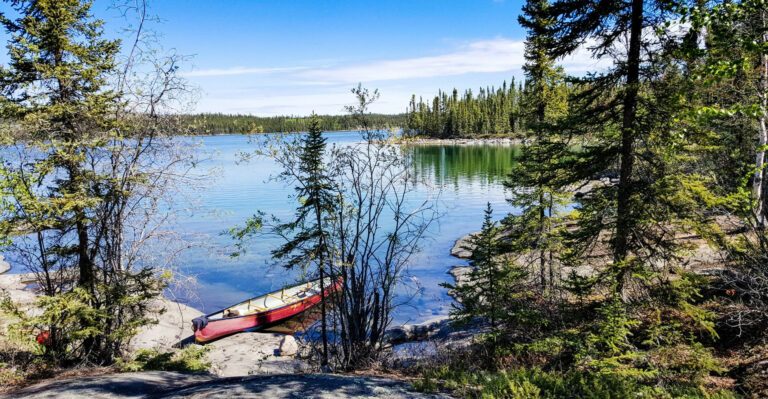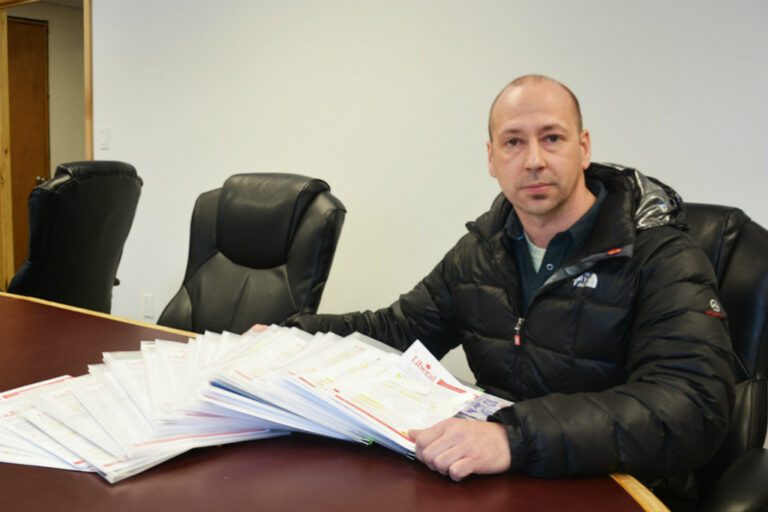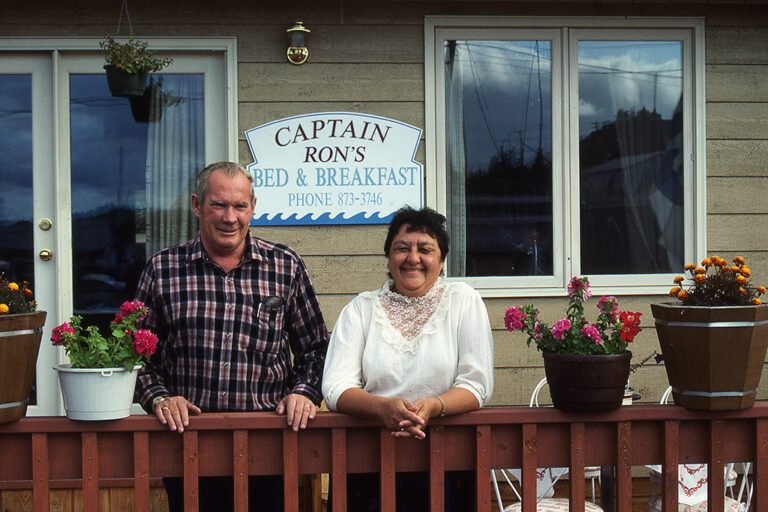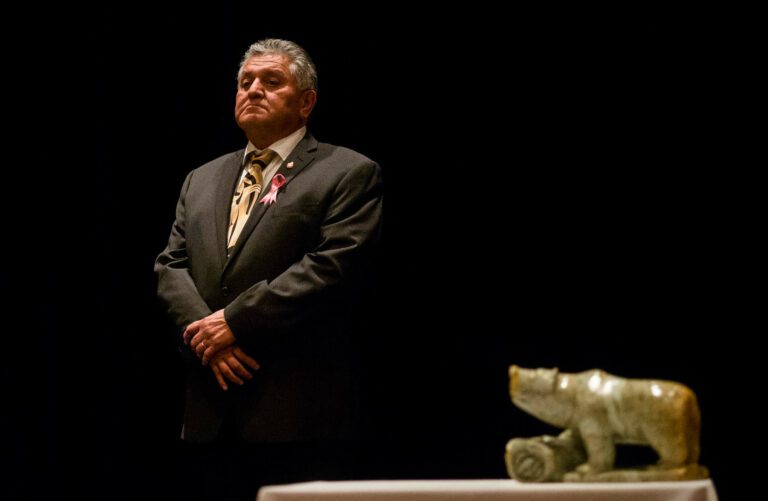Investing in green energy is a smart move, but not a new industry
On EDGE | Political Opinion
A couple of weeks back, Ollie Williams of MooseFM tweeted out a zinger that had those of us covering the election in stitches.
“18 out of 28 territorial candidate interviews down. At the point where, if anyone says “cost of living”, what follows had better surprise me”
As a rule, if you can write the story before you’ve done the interview, it’s going to be a dull story. And as we drag towards the end of the campaign, it’s starting to feel like we’ve heard everything we’re going to hear. We’re now entering the popularity contest phase of the campaign, where it’s a question of who spouts the right buzzwords with the most conviction and theatricality. ‘Cost of living’ is, of course, everyone’s favourite. Followed in hot pursuit by ‘Diversification.’
Diversification. It’s a fun word for politicians to play with. It’s wonderfully broad, and easy to use – simply complain about the territory’s current/historic reliance on mining, and throw out a couple sectors of the economy which make you sound forward-looking: agriculture, green energy, fisheries.
We’re living in a resource colony
There’s little doubt the territory is reliant to a fault on mining – it makes up a disproportionate percent of our GDP and leaves us open to the battering winds of global commodity prices. Much of the GNWT’s current (and future) woes stem from sluggish growth caused by low diamond and metal prices.
But how honest are we being when we talk about economic diversifying?
One thing that keeps popping up amongst MLA candidates is the idea that we’ll diversify away from mining by investing in green energy. Don’t get me wrong – investing in green energy, whether it’s boosting the hydro capacity of the North Slave grid or cutting diesel costs in the communities by using solar panels, is a smart move, increasingly so as costs of these technologies come down. But let’s not conflate two separate issues here:
1) bringing down the cost of power through smart investment in green tech, and;
2) promoting industries that create full-time employment over long periods of time and fill government coffers with revenues.
Building windmills and solar plants around the territory would no doubt create quality construction jobs and employ a cadre of engineers, likely from the south, for a series of short-to-medium term contracts. But this would be spending government money, rather than creating new wealth. And even if there was a mass shift towards residential solar retrofits (i.e. people and businesses expending private capital on green tech), that would primarily produce a bump in the home renovation and tech retail market. With a population of 40,000, and no university, research or manufacturing capacity, it’s not like we’re going to be producing our own green technology for domestic consumption, let alone exporting it back down south.
Mines, love ‘em or hate ‘em, produce a product that’s exported and sold on a scale infinitely larger than what our domestic market consumes. Of course that makes us dangerously vulnerable to global commodity prices – but that’s the reality of living in a territory that, since colonization, has essentially been a resource colony for Canada. A few green tech jobs aren’t going to change that, as much as green energy investment makes sense from an environmental standpoint, and, increasingly, a cost-of-living standpoint.
(Though it should be noted it still costs substantially more to produce energy with solar and wind than it does with diesel, even with costs for both technologies going down. As the GNWT’s Power Systems Plan makes clear, neither power source is feasible without subsidies.)
A forestry industry based on producing biomass for domestic heating purposes is different. This could actually prove to be a viable industry, employing large numbers of people, especially in the South Slave – but we’re only going to see a boom if a whole lot of people, businesses and governments across the territory switch to biomass stoves and boilers. The GNWT should be looking at ways to encourage this through expanded retrofit subsidies and legislative changes that allow municipalities like Yellowknife to offer loans for heat programs.
Eat your vegetables
The other “diversification” button our would-be politicians have been pushing is agriculture. Growing our own produce, the argument goes, would improve our food security and reduce the cost of food. Now, nobody’s saying it wouldn’t be great if we all had some more veggies and could save a couple hundred dollars a year by growing our own produce.
But growing veggies in the subarctic is always going to be expensive prospect – what with the cost of heating greenhouses most months of the year – and agriculture really is too small to make a serious contribution to our GDP, even if it were to expand significantly.
According to the GNWT’s preliminary agriculture strategy report tabled in October in the Legislative Assembly, the agricultural sector generates approximately $8-10 million in income per annum in the NWT, (with a good chunk of that coming from Polar Egg.) An Ecology North survey from 2014 received 96 responses “from a variety of commercial agriculture and community/market gardeners… from fifteen communities throughout NWT.” However, “the number of individuals identifying themselves as “farmers” was still surprisingly small – only one respondent identified as a full time farmer, nine as part-time farmers supplementing their living with farming and four characterized themselves as hobby farmers who “sell some products but do it for fun more than money.””
The scale is too tiny and costs too high to actually make a dent in food security or cost of living. So why are politicians yapping on about it? Because it’s sexy. But honestly, if we’re to truly improve food security, politicians should be focusing on bettering infrastructure to lower the cost of shipping as well as holding the feds to their promise of boosting Nutrition North subsidies.
And now some good news
There are some real diversification possibilities, like biomass (as noted above) or tourism. We’ve been seeing solid tourism numbers coming out over the past several years, especially with regard to Chinese visitors, and the GNWT should be doing their best to promote international visitors – negotiating better flights from Vancouver to Yellowknife, improving translation services and making it easier for entrepreneurs who want to move to Canada to invest in the NWT tourism industry through our immigrant nominee program.
And diversification is possible not just between sectors of the economy but also within them. Right now the territory’s mining sector is built almost exclusively around diamonds – for example 97 percent of all exports from the NWT are diamonds. To promote diversification within the mining sector the GNWT is going to have to think seriously about expanding the highway system, especially into the Slave Geological Province, where a range of diamonds, gold and heavier minerals appears in abundance. It’s a risky move, as there’s no guarantee, if commodity prices stay low, that companies will invest in the region even if transportation costs came down with a highway. But infrastructure investment is one of the few things the GNWT can actually do (with help from the feds of course) to try and prevent our economy from driving off the proverbial cliff.







